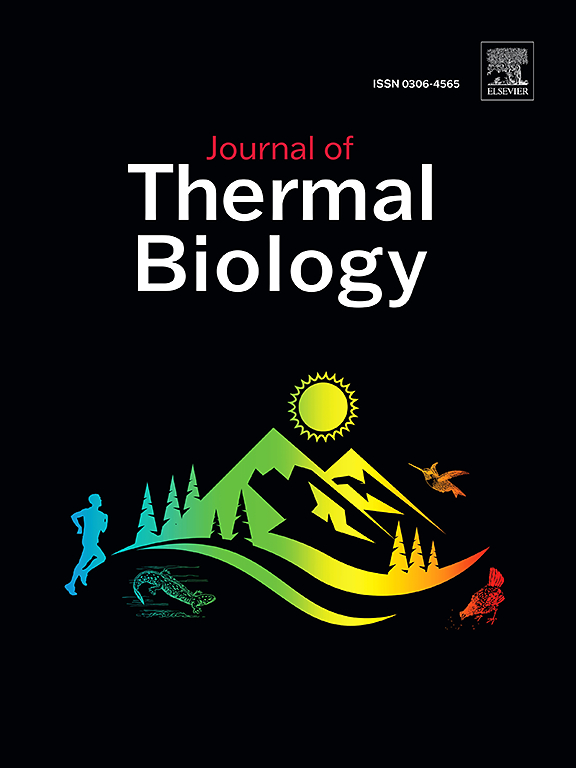Fractional modeling with optimized variable order for the thermal impacts of mobile phones on the auricular region
IF 2.9
2区 生物学
Q2 BIOLOGY
引用次数: 0
Abstract
Fractional derivatives with variable order offer a powerful extension to the traditional fractional and integer derivatives, allowing adaptability well-suited for modeling complex, real-world systems with evolving memory and non-local properties. This study presents a variable-order fractional model to simulate the thermal effects of the mobile phone on the auricular region in different operating modes. Laplace transform is used to solve the proposed model to simulate the heat transfer dynamics between the ear and the smartphone. Numerical simulations are presented, demonstrating the effectiveness of the variable fractional order in predicting thermal performance over conventional approaches. The results demonstrate that the fractional model provides a more accurate representation of thermal memory effects and nonlocal heat conduction in biological tissues compared with traditional models. Furthermore, a detailed parametric analysis reveals the influence of the fractional order on heat dissipation rates, aligning well with thermographic observations. This study highlights the effectiveness of variable-order fractional modeling in capturing complex heat transfer dynamics, offering a more precise framework for thermal analysis in biomedical and electronic applications.

针对手机对耳廓区域的热影响,采用优化变量阶次的分数模型
具有可变阶数的分数阶导数为传统的分数阶和整数阶导数提供了强大的扩展,允许非常适合建模复杂的、具有不断发展的记忆和非局部属性的现实世界系统的适应性。本文提出了一种变阶分数模型来模拟手机在不同操作模式下对耳廓区域的热效应。利用拉普拉斯变换对模型进行求解,模拟耳朵与智能手机之间的传热动力学。数值模拟表明,与传统方法相比,可变分数阶在预测热性能方面是有效的。结果表明,与传统模型相比,分数模型能更准确地表征生物组织中的热记忆效应和非局部热传导。此外,详细的参数分析揭示了分数阶对散热率的影响,与热成像观测结果很好地吻合。本研究强调了变阶分数模型在捕获复杂传热动力学方面的有效性,为生物医学和电子应用中的热分析提供了更精确的框架。
本文章由计算机程序翻译,如有差异,请以英文原文为准。
求助全文
约1分钟内获得全文
求助全文
来源期刊

Journal of thermal biology
生物-动物学
CiteScore
5.30
自引率
7.40%
发文量
196
审稿时长
14.5 weeks
期刊介绍:
The Journal of Thermal Biology publishes articles that advance our knowledge on the ways and mechanisms through which temperature affects man and animals. This includes studies of their responses to these effects and on the ecological consequences. Directly relevant to this theme are:
• The mechanisms of thermal limitation, heat and cold injury, and the resistance of organisms to extremes of temperature
• The mechanisms involved in acclimation, acclimatization and evolutionary adaptation to temperature
• Mechanisms underlying the patterns of hibernation, torpor, dormancy, aestivation and diapause
• Effects of temperature on reproduction and development, growth, ageing and life-span
• Studies on modelling heat transfer between organisms and their environment
• The contributions of temperature to effects of climate change on animal species and man
• Studies of conservation biology and physiology related to temperature
• Behavioural and physiological regulation of body temperature including its pathophysiology and fever
• Medical applications of hypo- and hyperthermia
Article types:
• Original articles
• Review articles
 求助内容:
求助内容: 应助结果提醒方式:
应助结果提醒方式:


